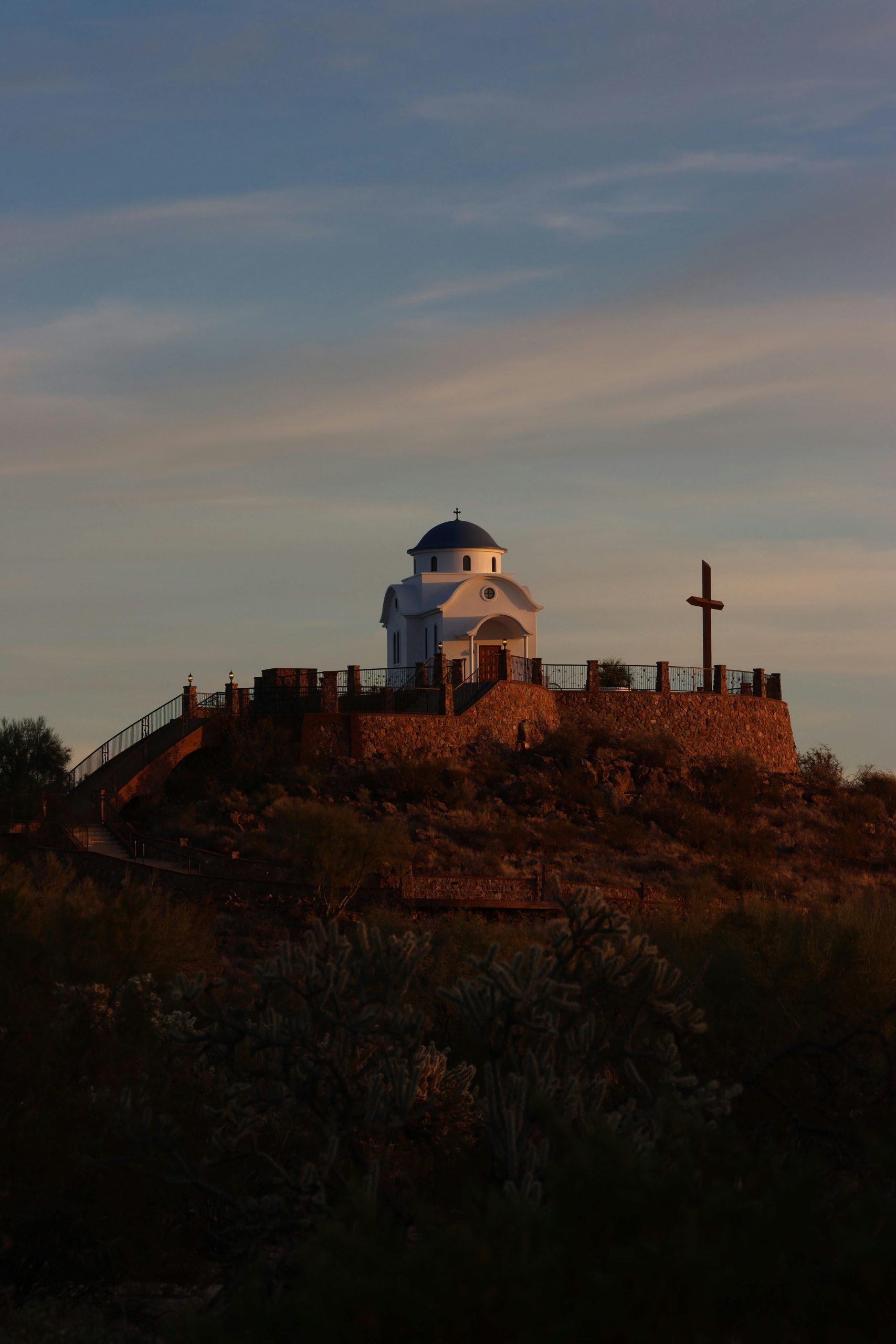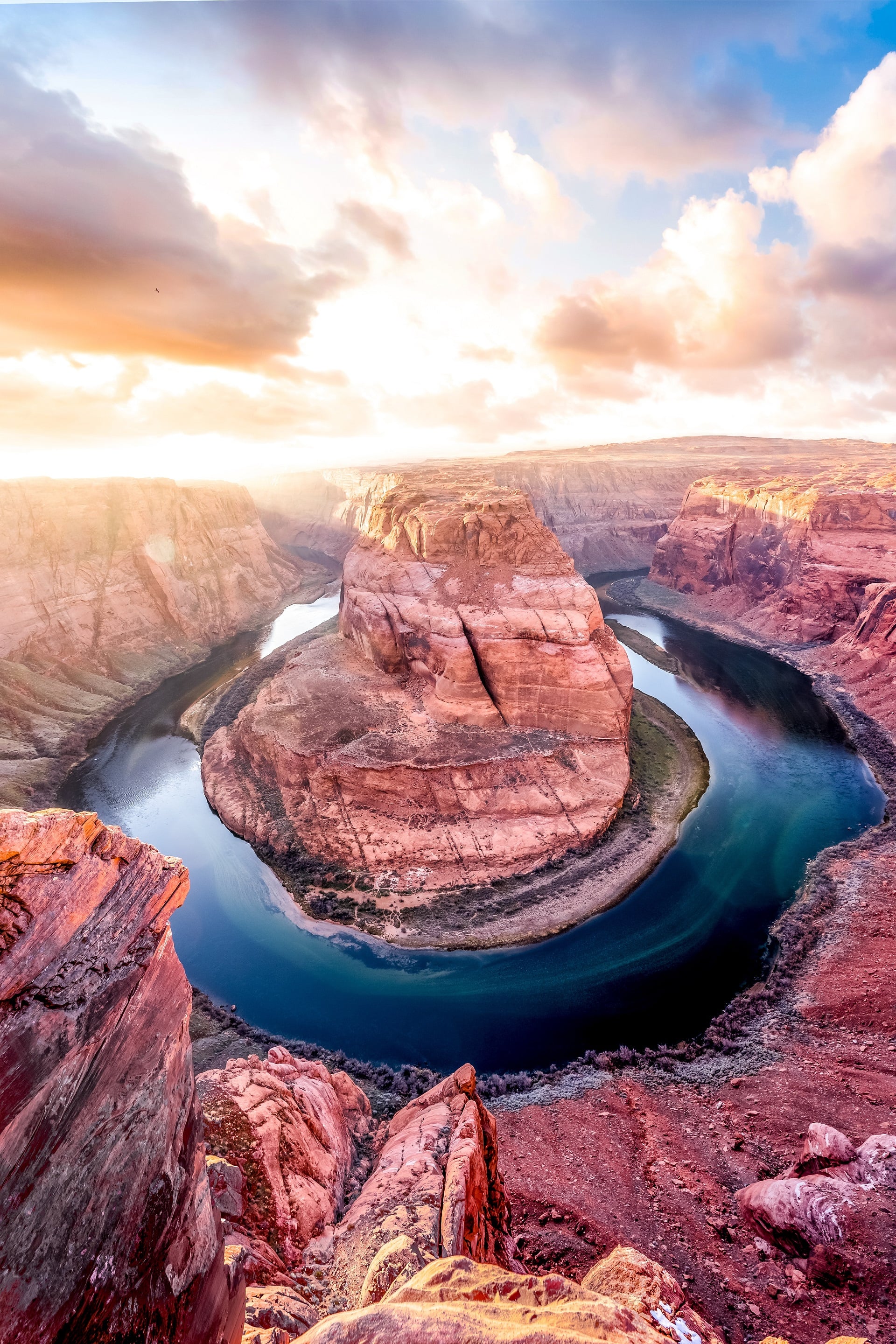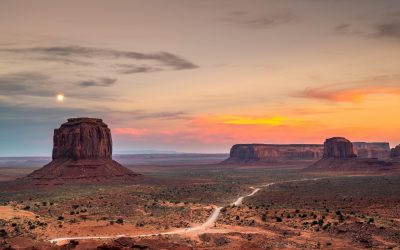Welcome to a place where the sun kisses the earth with warmth almost every day of the year, where the air is as clear as the endless blue skies, and where each season brings its own unique charm. This is Tucson, Arizona – a city renowned for its distinctive weather patterns that contribute to its natural beauty and outdoor lifestyle. Whether you’re a visitor planning a trip or a local seeking to deepen your appreciation for your hometown, understanding the nuances of Tucson weather is key to making the most of your time here.
As the first step in your journey, Visit our website to learn more and get started today! Click here. Delve into the seasonal variations that paint the landscape in different hues, from the vibrant wildflowers of spring to the golden tones of the desert in fall. Tucson’s climate isn’t just about the temperature; it’s about the experience that comes with it. So, let’s embark on a meteorological adventure that will prepare you for the sunny days and starry nights that await in this corner of the Grand Canyon State.
Understanding Tucson’s Seasonal Weather Patterns

In Tucson, the weather is a tapestry woven from the threads of four distinct seasons, each with its own set of weather patterns. The mild winters are a haven for those escaping the chill of northern climes, with daytime temperatures often comfortably sitting in the 60s and 70s (Fahrenheit). Nights can be cool, but rarely does the thermometer dip below freezing. It’s a season of gentle beauty, perfect for hiking and exploring the desert landscape.
Spring arrives with a burst of color as wildflowers carpet the desert, and temperatures begin their steady climb. By day, the mercury often reaches into the 80s and 90s, while evenings are comfortably cool. This is the ideal time for early morning outdoor activities before the heat of the day sets in.
Summer in Tucson can be intense, with daytime temperatures frequently soaring above 100 degrees. However, this is also the season of monsoons – dramatic thunderstorms that bring much-needed rain and a respite from the heat. The monsoon season starts in June and extends through September, punctuating the heat with spectacular lightning shows and refreshing downpours.
As fall approaches, the heat begins to wane, and the weather becomes more temperate. The days are warm, the nights are cool, and the changing foliage provides a picturesque backdrop for all kinds of outdoor adventures. The autumn months are a favorite for many, offering the best of Tucson’s weather without the extremes of summer or the cooler winter nights.
Each season in Tucson has its own character, its own rhythm. To truly understand and appreciate Tucson’s seasonal weather patterns is to sync your own rhythm with that of the desert’s – a rewarding experience that unveils the subtle beauty of this unique region.
Sunny Days Ahead: Tucson’s Claim to Fame

Tucson’s claim to fame is undoubtedly its reputation as one of the sunniest cities in the United States. With over 350 days of sunshine a year, the city basks in the glow of the sun like few other places. This consistent sunny weather is not only a boon for sun-seekers but also contributes to Tucson’s allure as a destination for outdoor enthusiasts, photographers, and those looking to soak in Vitamin D amid the beauty of the Sonoran Desert.
The abundant sunshine plays a pivotal role in the city’s daily life and activities. It influences everything from the architectural design, which often includes features to shade and cool, to the planning of events and festivals that take advantage of the clear, blue skies. Solar energy initiatives thrive here, harnessing the power of the sun to fuel homes and businesses.
Visitors and residents alike revel in the endless opportunities to explore the great outdoors without the worry of inclement weather. Whether it’s golfing on one of Tucson’s premier courses, hiking in the surrounding mountains, or simply enjoying a meal on a patio with a picturesque view, the sun is a constant companion.
However, it’s important for newcomers and tourists to respect the power of the Tucson sun. Sunscreen, hats, and plenty of water are essentials for anyone planning to spend time outside. The dry climate can dehydrate quickly, so staying protected and hydrated is crucial for a pleasant experience.
For those looking to escape dreary weather or simply bask in the warmth of the sun, Tucson’s sunny disposition promises bright days ahead. It’s a city where the sunsets are as memorable as the clear, starry nights, and where the sun’s energy is as much a part of life as the stunning landscape itself.
When to Visit: Best Times for Tucson Weather
Determining the best time to visit Tucson largely depends on personal preferences and the type of activities one is interested in pursuing. However, there are certain seasons when the Tucson weather is particularly inviting. The peak season for visitors is typically from November to April, when the temperatures are cooler and more conducive to outdoor activities. During these months, daytime temperatures hover comfortably in the 60s and 70s, while evenings can cool down considerably.
Spring and fall offer an exceptional climate for those looking to explore the natural beauty of the region. The mild weather during these times is ideal for hiking in the surrounding mountain ranges, visiting the famed Saguaro National Park, or participating in one of the many festivals that take place in Tucson.
For those who don’t mind the heat and are looking to beat the crowds, the summer months offer a unique opportunity. Although temperatures can soar above 100 degrees, early mornings and evenings present cooler, more pleasant conditions. This is also when Tucson experiences its monsoon season, which brings dramatic thunderstorms and a respite from the heat with occasional rain showers.
It’s worth noting that hotel rates tend to be lower during the off-peak season in summer, making it an attractive option for budget-conscious travelers. However, it’s essential to stay informed about the weather and prepare for higher temperatures during this time.
Ultimately, the best time to visit Tucson is when the weather aligns with the activities you’re most excited about. Whether it’s the comfortable winter temperatures, the blooming desert in the spring, or the vibrant monsoon season in the summer, Tucson’s climate offers a range of experiences throughout the year.
Staying Comfortable: Tips for Tucson’s Temperatures

Adapting to the Tucson weather is key to enjoying your time in this vibrant city. Whether you’re visiting during the scorching summer months or the cooler winter season, here are some tips to stay comfortable amidst the fluctuating temperatures:
- Hydration is Crucial: Tucson’s arid climate can lead to dehydration quickly, especially in the summer. Carry a reusable water bottle and sip frequently throughout the day.
- Dress Appropriately: Lightweight, breathable clothing is a must during the hot months. In contrast, layers are your friend in the cooler winter, allowing you to adjust to the changing temperatures as the day progresses.
- Sun Protection: The sun in Tucson can be intense. Always wear a hat, UV-blocking sunglasses, and apply a broad-spectrum sunscreen with a high SPF to protect your skin.
- Plan Around the Heat: If you’re visiting in the summer, schedule outdoor activities for the early morning or late afternoon when the temperatures are more bearable. Midday heat should be avoided when possible.
- Take Advantage of AC: Make sure your accommodations have good air conditioning. This can be a haven to cool down and refresh after a day out in the sun.
- Embrace the Local Culture: Follow the locals’ lead by taking a siesta during the hottest part of the day. This is a perfect time to relax indoors or enjoy a leisurely lunch.
- Stay Informed: Keep an eye on the weather forecast to plan your activities accordingly. Being aware of any heat advisories or unexpected weather changes can make your stay safer and more enjoyable.
By following these tips, you can ensure a comfortable and enjoyable visit to Tucson, regardless of the season. Remember, being prepared for Tucson’s temperatures means you can focus on experiencing all the fantastic activities and sights the city has to offer.
Weather Events and Safety in Tucson

Tucson’s unique desert climate not only offers sunny days and clear skies but also brings a range of weather events that visitors should be prepared for. Monsoon season, from June to September, can produce sudden thunderstorms with heavy rainfall, leading to flash flooding. It’s essential to stay clear of washes and low-lying areas during this time and never attempt to cross flooded roadways.
Lightning is another hazard associated with monsoons. When thunder roars, go indoors—find shelter immediately if you hear thunder, as lightning can strike from miles away. Dust storms, although less common, can reduce visibility drastically. If you find yourself caught in one while driving, pull over, turn off your vehicle’s lights, set the emergency brake, and wait for the storm to pass.
During winter, while snow is rare in the city, the nearby Santa Catalina Mountains can receive snowfall. If you’re planning a trip to higher elevations, be prepared for winter driving conditions and potential road closures.
Staying informed is the best way to ensure your safety. Local news and weather apps can provide up-to-date information on any weather advisories. It’s also wise to check the forecast daily and plan your activities accordingly.
For more tips on how to stay safe and enjoy the Tucson weather, Visit our website to learn more and get started today! Click here.






0 Comments